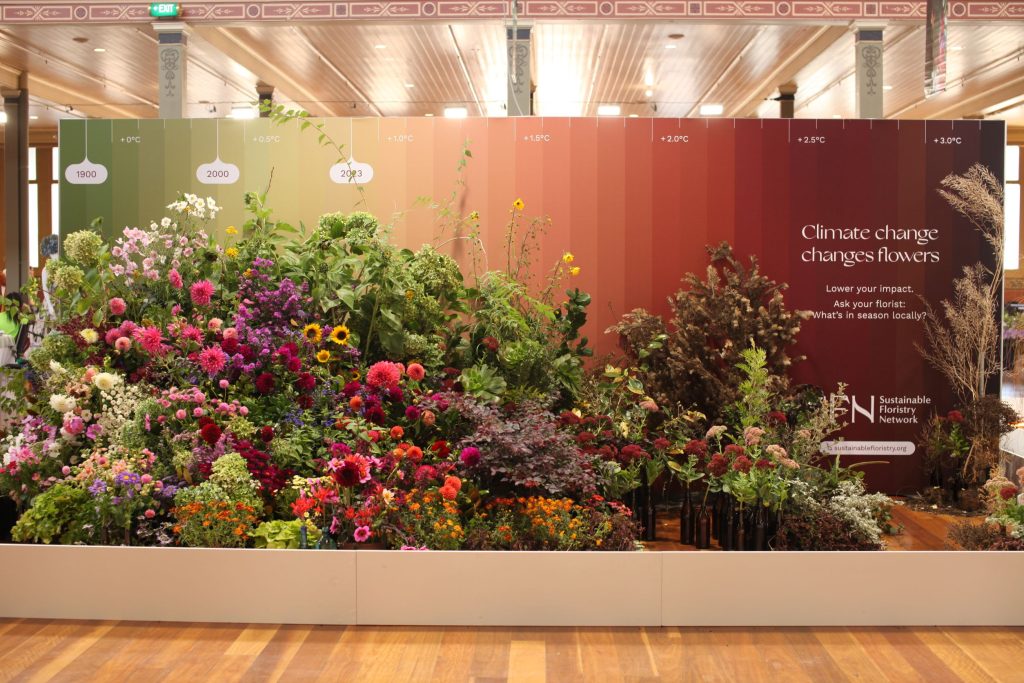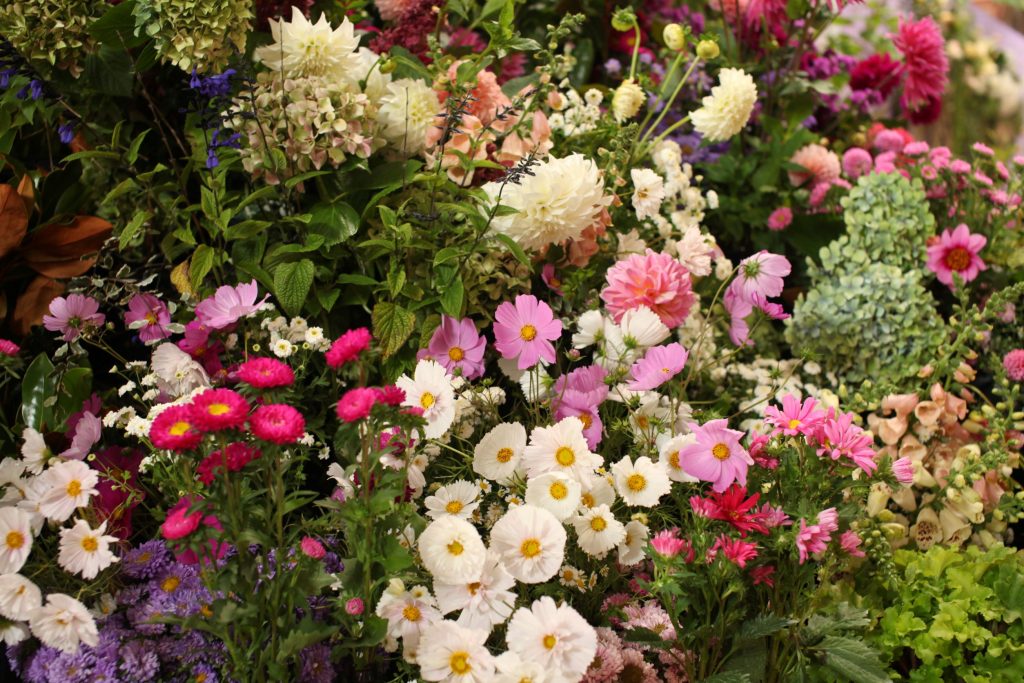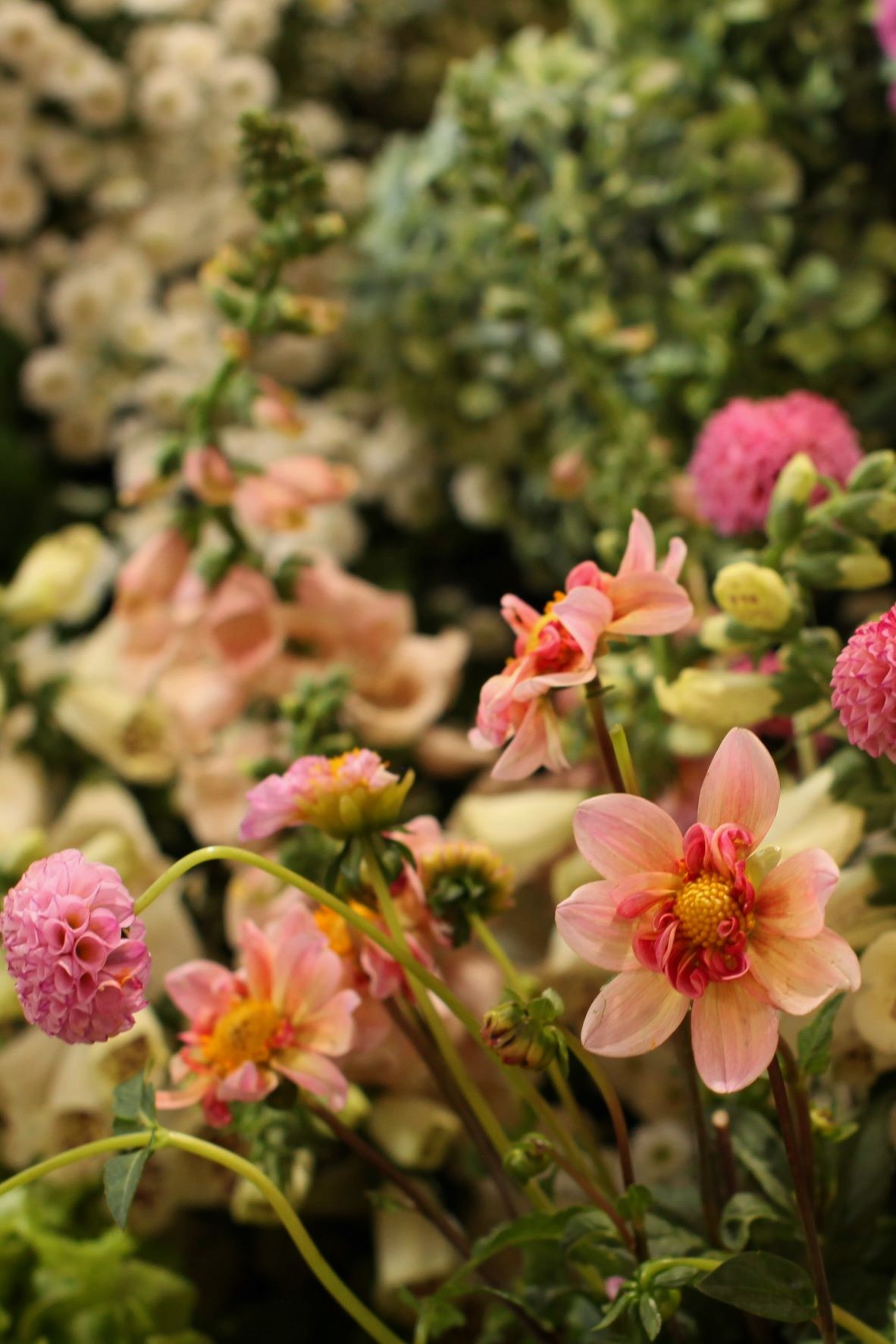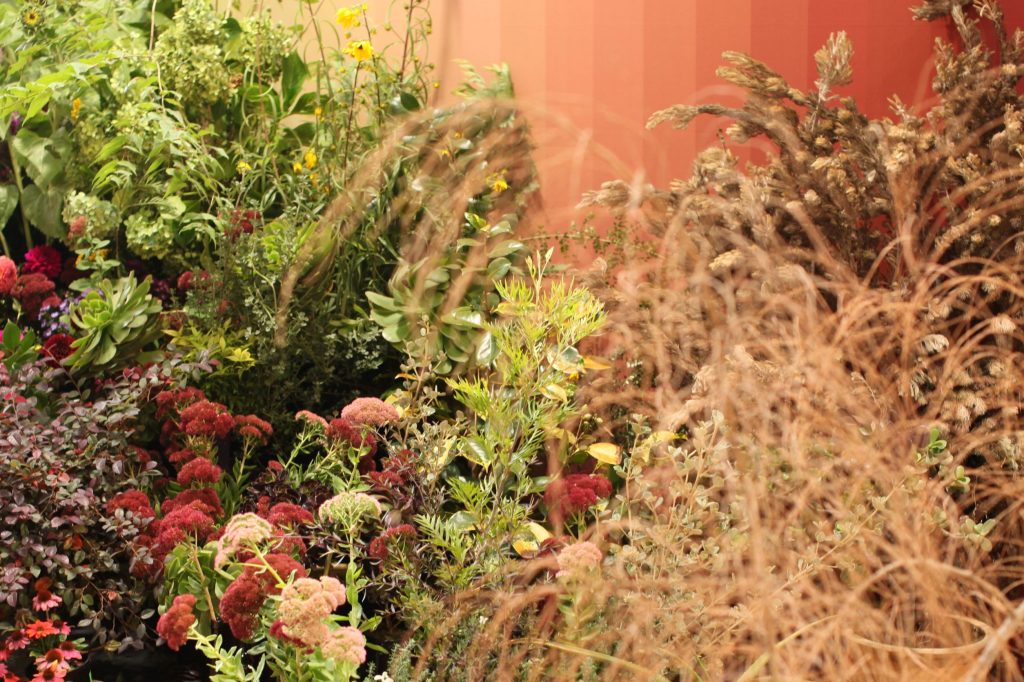
2023 Melbourne Flower Show
Climate change and biodiversity loss go hand in hand.
This year at the Melbourne International Flower and Garden Show, the SFN is talking to eco-conscious consumers about lowering the carbon footprint of their cut flower choices.

Climate change is increasing rapidly - look how fast.
Cut flowers add to climate change?
It is hard to believe that those beautiful blooms sitting in a vase on your table could be adding to the climate crisis — but it is true.
In the past 50 years, global floriculture has grown enormously. Every day, flowers are flying around the world. It’s a huge industry, worth billions of dollars, and it’s growing.
Cut flowers move in a defined direction. Generally, they are grown and farmed in the global south – countries like Columbia, Ecuador, Kenya and Ethiopia – and then transported to the global north – the UK, the US, and the EU. These flowers are often traded through the Netherlands, which has been at the centre of the market for over 200 years and remains both one of the biggest importers and one of the biggest exporters.
Australia is lucky. Thanks to a healthy growing industry, the majority of flowers sold in the country are grown domestically. But even within a local growing industry, the footprint of flowers can vary enormously, depending on how the flowers are farmed and transported. Factors such as heating, cooling and choice of fertiliser use all play a part in the footprint of a bunch of flowers.

So what keeps emissions low?
The number of studies looking at the carbon footprint of flowers is growing and the science is clear. Flowers associated with the lowest emissions are field-grown and seasonal, and grown as close as possible to the point of sale. In fact, one UK study showed that a mixed bunch of local and seasonal blooms can have one-tenth the carbon emissions of a mixed bunch created using flowers grown in a heated glasshouse, or those grown outdoors but flown long distances using air freight.



About the SFN display
The SFN’s display is about putting the SFN Design and Principles into practice —as well as illustrating an idea that can be hard to visualise.
Of course, we’re proudly floral foam free and we’ve followed the zero-waste hierarchy to support a transition towards a circular economy.
We’ve used exclusively local and seasonal flowers. Since it’s autumn in Melbourne, Australia, that means a big salute to the daisy family, with lots of beautiful, regeneratively grown dahlias thrown into the mix.
All our waste would have been headed to the compost, but in this case, Melbourne artist Sarah Coffey is collecting and using the material for an art installation for next year’s show.


SFN at the show
The SFN worked with the Melbourne International Flower and Garden Show organisers in the lead up to the event. We produced a document that was supplied to participating florists to help them make more sustainable choices in their selection of materials, flowers and waste management. It was great to see so many participants on board with the ideas we shared, especially many of the floristry training colleges, including Melbourne Polytechnic and Holmesglen Tafe.
Although floral foam was not banned this year, its use was strongly discouraged by show organisers and will be removed from the show from 2023.
